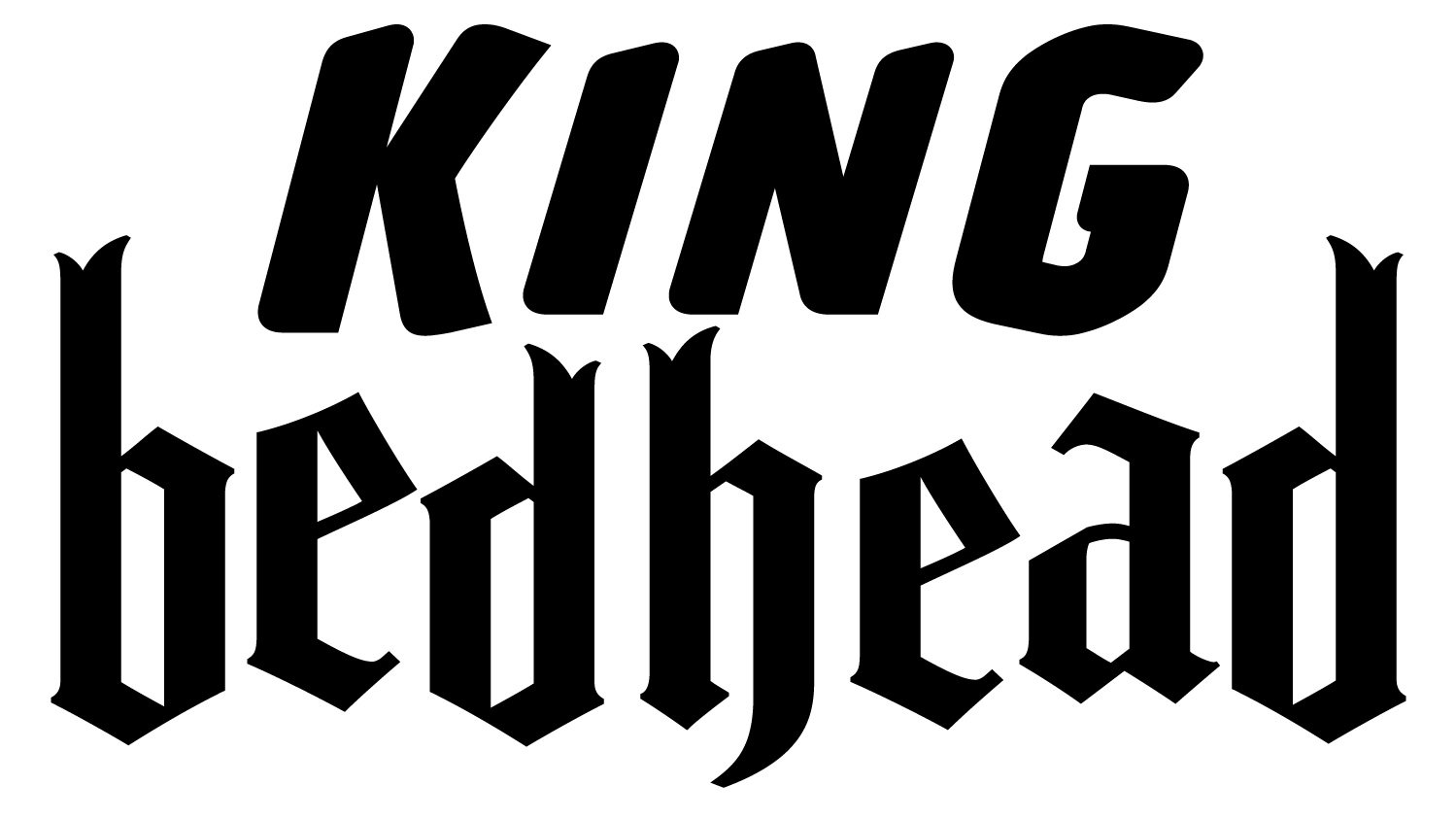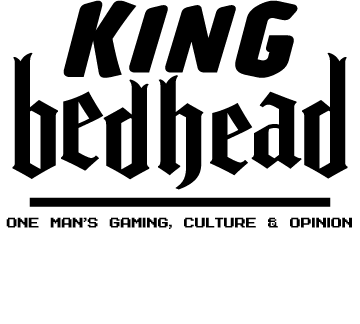40,000 Years of Plastic
In the grim darkness of the far future, I might be done painting my Warhammer 40,000 collection. Since I picked up the Dark Imperium Box Set (King’s note: all income thru these affiliate links will be reinvested into more 40k minis to blog about. Thank you for your continued support) about a year ago, I’ve added on to the half-dozen or so squads of Intercessors and Poxwalkers and their ilk with a compulsive fervor that would rival a Chaos God’s cultist. Along the way, I’ve ridden a Warp drive of emotion: frustration and self-inflicted wounds learning to construct the models; the ennui of a 1750 point game during your opponent’s turn when neither of you know the rules. Despite these challenges, I have found something deeply rewarding in painting these little guys up and turning the lights down and seeing if they have LOS on one another.
I first got into Warhammer 40k via the SomethingAwful.com forums, where their General Bullshit board had a (in-my-mind) legendary thread about the UK-made wargame. The massive 500kb+ jpg files they posted of their armies in that thread blew my middle school mind. The digital camera shots showed epic combat scenes, with hordes of Geiger-esque monsters and bulky, EXTREMELY MACHO soldiers spilling over elegantly painted terrain in plastic and XPS insulation board. As a gamer who loved a good diorama project, this hobby seemed like it would be smashing the quiet focused activities (crucial for my pre-ADHD diagnosis wellbeing) of academic crafting and studying lore entries online for the Halo series. In a world full of structure that choked my pre-teen ego, the army pictures offered an escape where I could build my own set of rules and power.
That solitude is certainly intoxicating, and I think that’s why so many players of the game refer to it as “plastic crack” – ignoring for a moment, of course, the considerable expense required to engage with the hobby at any level. Each Warhammer kit comes with a spread of weapon and armor options to customize your warriors with. As you pose and paint them, you become intimately familiar with the models’ features – small errors that need to be covered up by beginner hobbyists help add to the initial bomb of charm they feel. By the time you’ve finished a squad of five or ten fancy plastic army men, there’s a non-zero chance you’ve decided in your heart and mind which is the leader, which is the wildcard, which is the mysterious sniper, or any other wartime caricature you deign to assign.
It follows suit that I would actually start collecting the figures and painting them myself at a point in life where I had disposable income to cover it, and the free time to devote - I was living alone with a low-pressure 9-5 job. I will admit that I think I made a mistake starting with a two-army starter set. This had me in the mindset of supporting multiple armies from the beginning, which was a bit of a financial error LOL. Make sure you know how much you’re budgeting, folks!
Thank god there’s an actual game associated with this stuff. Although my compulsion to just keep working on the armies often takes over, it does push me to reach out to members of the community. At PAX Unplugged this past November, I entered my Death Guard Rhino – Papa Nurgle’s Delivery Service – into the Arcadian Brush painting competition. Although I entered the “beginner/hobbyist” category, it did seem like a lot of the competition was… experienced, to say the least. Hey, I didn’t win, but I was happy to participate in the scene and be seen amongst the other badass vehicles in the display case.
That said, I still must work up the courage to get out to my FLGS to play a game. The four-hour length is pretty intimidating, so I’ve sequestered myself to basement solitaire games and beer-laden explanations to my very patient friends who are willing to pilot one of my armies. The armies themselves are in various states of completion. It really feels like each time I “finish” a model, I come back to it three months later with a new bottle of paint and some fresh ideas.






